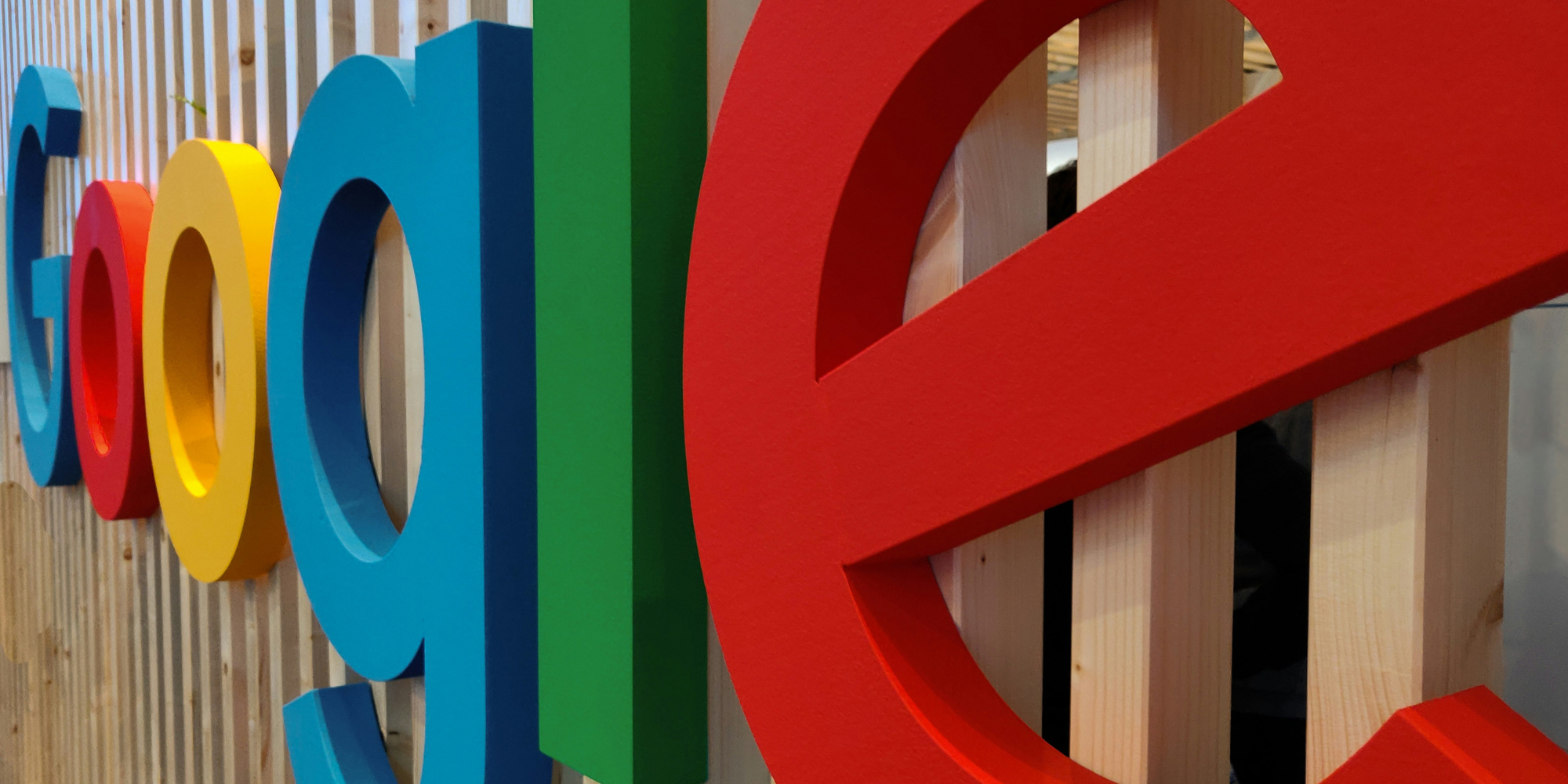How to Protect SEO Performance During a Site Migration
Arming yourself with the right tools to ensure a smooth site migration is important - find out how to protect your SEO during a migration today.
Read moreOn the off-chance you weren’t aware, June is pride month! For the month marking the start of the summer, LGBTQ+ history and challenges are put at the forefront of society. Pride is a movement that celebrates sexual & gender diversity for lesbian, gay, bisexual and transgender (LGBTQ+) people. It promotes dignity, equal rights, self-affirmation and is a way of increasing society’s awareness of the issues faced.
Naturally, businesses want to join in and show their support for pride month by creating content to promote inclusivity and diversity.
For many businesses, the easiest way of taking part in pride is to post rainbow versions of their regular logos or release a new version of their product featuring the pride flag and call it a day. This technique is called ‘rainbow-washing’ and is a contentious issue that many have criticised brands from taking part in. To avoid falling into this trap, it’s important that your contribution to pride month is genuine, sincere, and speaks about your values as a company - anything opposite is bad Pride marketing.
The best Pride month content is useful, adds value to a business and, most importantly, either amplifies LGBTQ+ voices or demonstrates clear allyship. Read more to learn how you can prove your brand is an ally and create Pride marketing campaigns that aren't rainbow-washing.
Before launching any marketing campaign for Pride month, it is essential that you do some self-reflection as a business to examine how you are making your workplace a safe and comfortable place for anyone who identifies as LGBTQ+. Many criticisms of Pride marketing campaigns centre around companies who can not demonstrate that they are living the values or may have even had controversy surrounding their treatment of LGBTQ+ stakeholders in the past!
By looking at your culture and processes, you’ll be able to determine;
If your company is already doing well in an area, you can create content focusing on what’s being done, how it was put in place, and why it has been working so well. If you have more areas to improve, you can publish content to highlight how you’re planning on changing, and what is being implemented to push your business in the right direction.
For example – does your business have an LGBTQ+ committee in place? Have you or your employees won any awards relating to LGBTQ+ diversity? Or have you now scheduled summit meetings to ensure positive steps are being made? All of these are great talking points to include in a Pride content plan.
Inclusivity is extremely important within the LGBTQ+ community. You may even have noticed new versions of the Pride flag, either featuring additional black & brown stripes to the original design (to represent ethnic minorities within the community) or chevrons in black and brown, along with pink, baby blue, and white (the colours of the trans flag).
The progress Pride flag, featuring the chevrons, was created in 2018 by Daniel Quasar, and is intended to acknowledge different gender identities along with LGBTQ+ people of colour. With both these intersections facing additional challenges within society, the acknowledgement has been welcomed and the (still fairly new flag) has been adopted widely, even being flown above London’s City Hall. The flag has the added benefit of being distinctive from the rainbows used to celebrate the NHS during the pandemic.
There are many flags used to celebrate different sexualities and gender identities. To celebrate Pride month in 2021, Ru Paul’s Drag Race Judge Michelle Visage has shared the most common along with their meanings on her Instagram (a move hailed as a brilliant example of celebrating diversity within Pride messaging). Unless, like Visage, you create a similar ‘dictionary’ of flags, it’s unrealistic to represent each within your content plan!
The rainbow is still accepted as a primary symbol for Pride Month, and your visual messaging can focus on this, but you should still be adopting the ethos of acknowledging everyone within the LGBTQ+ community. When planning your content, include transgender people, black & ethnic minority members of the community, lesbians, bi & pansexual people, asexuality, those who are non-binary, and anyone else who considers themselves LGBTQ+. If you don’t have an extensive content plan, simply acknowledge the varying spectrum of sexuality and gender in the content you are producing, and (if you do stick with the classic pride flag) try to include at least the trans flag in your messaging too.
If you’re using stock imagery, be inclusive and diverse in which images you select. White, gay men are the most common figures used to represent the LGBTQ+ community, failing to reflect its diversity. Ensure that you are using other genders within your messaging and are steering clear of stereotypes when selecting images.
When approaching a content plan for Pride month, consider how you can create value for the LGBTQ+ community that also links back to you and fits in naturally with your typical content. Your content could be aimed at the community itself, could be a research piece, or could even be an educational piece of content to help challenge common issues or misconceptions in your industry.
For example, in ClickThrough’s case, we’re able to discuss how marketing and advertising campaigns fit into Pride, and how the industry has developed and become more inclusive to the LGBTQ+ community.
Regardless of your industry, there will be a way for you to approach creating pride content. For example;
Falling back on topics such as representation and industry culture will be relevant for all business. Noting areas you think your industry could improve and challenging others to do better is a way to bring positive challenge to your content, celebrating diversity while also asking how we can do better.
During Pride month, we ideally want to amplify LGBTQ+ voices and ensure they’re being heard within our industries. However, a huge caveat to this is ensuring those voices never feel coerced or overly encouraged into a position of sharing their sexuality, gender identity, or any personal details they are not comfortable with.
Though it’s important to ensure these voices are being heard, if you do not have any LGBTQ+ colleagues willing to share their experiences this isn’t something to push. An important point to remember is;
You do not have to be openly LGBTQ+ to create effective Pride content
With a conscientious approach, allies of the community are fully able to produce effective content that fits within Pride’s messaging.
When creating a content strategy, send a general content call to your colleagues with a request for ideas along with a list of inspiration. Make it clear that this is open to everyone who feels they have a valuable contribution to share, but that you’d like to particularly amplify LGBTQ+ voices within your brand. Be transparent that no one will have their sexuality or gender identity revealed (unless they explicitly include it in their content), and that no contributors will be quizzed before their content is approved.
There’s no huge secret to how to create valuable content for pride month. Being genuine and sincere, and planning content that adds value are the key things you need to approach your plan with. Avoid gimmicks, be inclusive, and avoid pushing LGBTQ+ colleagues to be the faces of your campaign (unless they want to!).
Want to talk to us about content ideation and how to develop a killer content strategy? Get in touch.
More articles you might be interested in:

Arming yourself with the right tools to ensure a smooth site migration is important - find out how to protect your SEO during a migration today.
Read more
Google employees have recently announced that the upcoming Google Core Update is set to be released in the coming weeks. Understanding and addressing...
Read more
Language matters. Any marketer worth their salt knows this. But when discussing gender and sexual orientation, that importance is amplified tenfold.
Read more
When marketers think of thought leadership, there are names rather than ideas, that tend to spring to mind.
Read more
With the release of GPT-4, how revolutionary will this tool be? Alan Rowe takes us through it...
Read more
To help prompt you to consider your approach to organic search integration, Dr. Dave Chaffey gives some practical tests you can apply to review your...
Read more
Learn more about the importance of understanding the user journey to create a content strategy that is on point.
Read more
Google's change in guidance could transform the way content is created in the future, but how does it affect SEO and content creators going forward?
Read more